
As I sat here trying to go deep into the recesses of my memory banks I came up empty in the nostalgia department. When that happens all I can do is fuss about for a minute or two and try to dig even deeper. In the end, I give up and go find a trigger. Something that works to awaken the sleeping giants within.
What I found is nostalgia is delicate, but potent. In Greek, it simply means “the pains from an old wound.” Described as a twinge in your heart more powerful and potent than mere memory alone. A feeling or a place where you long to go again. That is what I was searching for; looking so desperately to find.
It’s not that I didn’t have nostalgic thoughts. Rememberings of people, places and things. It was that most of the time I didn’t want to go back there again. In the past I’d been known to spend hours upon hours, days upon days replaying situations over and over again. Sucking the marrow straight out of the bone that I clung to so tightly.
Sometimes nostalgia isn’t all it’s cracked up to be.
Sometimes it’s the surroundings you never want to go back to. The smells you never want to smell again. Feelings you just want to put in a box. Shoving it so far back on the shelves in your mind that no one will think to look for it there. Yet still, every so often a memory is triggered. Bringing everything back to the forefront.
I used to groan internally when this happened. As of late I’ve decided that the old ways no longer work for me. Instead, I sit with the box. I open it back up with grace, compassion and love. This time I’ve told myself, “this time will be different.”
No longer do I hide from the pains of nostalgic memory. Instead I pull the memory out of it’s dusty old box. Sitting with it on my lap I lovingly examine it from all sides. I remove the emotion attached to it using a tiny pair of tweezers I keep safe in my pocket. Then and only then do I start asking questions.
Questions that have always been there. But, now with age and wisdom have a better retention rate of success.
Asking it, “why did that happen? What was the lesson? Who was it suppose to grow the most, me or the other person? When did I finally learn the lesson? Have I grown thru what I went thru?” I go thru any other pertinent questions that spring to mind. After I’m satisfied with the answers that I’ve received, and feel free from the memory. I ask if it’s finally time to put this one to rest?
After I’ve received my answers and I’m happy with the results. It’s time for the pop and circumstance of letting it go. Usually I have a nice chat with myself from that memory. I release all guilt, sadness, and heaviness around it all. Forgiving myself for not knowing better at the time. Understanding that becoming who we are meant to takes time. That we need to be cognizant of the lessons, and release the shame, guilt and any other form of self criticism from it.
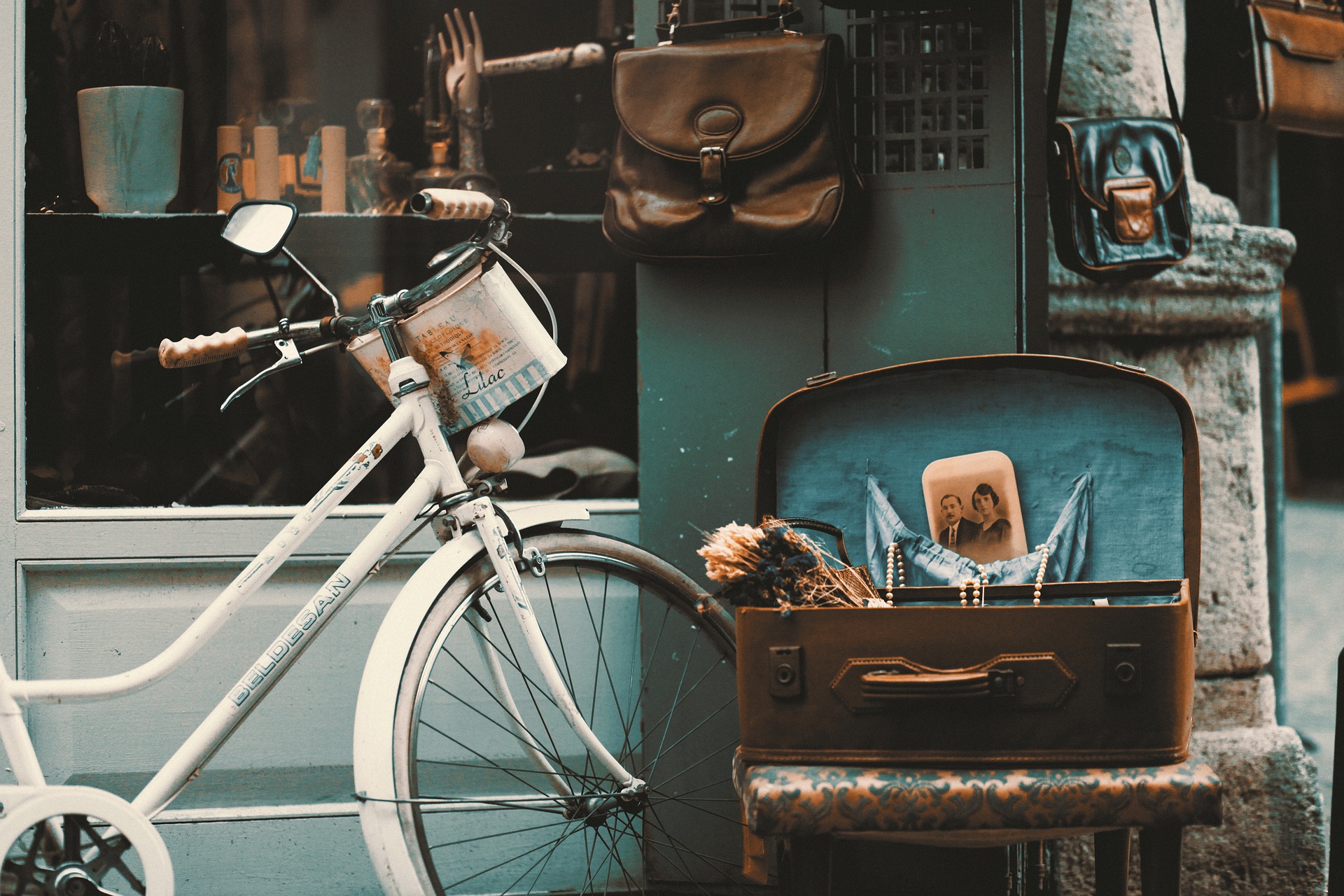
Life happens. It’s a glorious journey. No two alike as far as I know.
Yet the past we share with others can be heavy at times. Learning to release it to the halls of space and time is where we grow the most. Letting it go to be with God is where we find the most comfort. Releasing others from the confines of that memory as well since energy never dies. Understanding and forgiving ourselves and everyone involved a must in order to move forward.
Walking forward with a lighter heart after unpacking box after box is freeing to the soul. Showing others that this is how I do it. Feel free to copy as you see fit. Always keeping what resonates and discarding the rest. Healing from painful old stories is what keeps us young, healthy and vibrant. Looking back only to release it. Making more room on the shelves for better memories to come.
Who doesn’t want that in their lives? For me, all I can say is sign a sister up!
About the Author: Keva Bartnick
 Keva Bartnick is an artist, writer, and lightworker. Happily married mother of three; she’s been inspiring people to be their most courageous selves since 2015.
Keva Bartnick is an artist, writer, and lightworker. Happily married mother of three; she’s been inspiring people to be their most courageous selves since 2015.
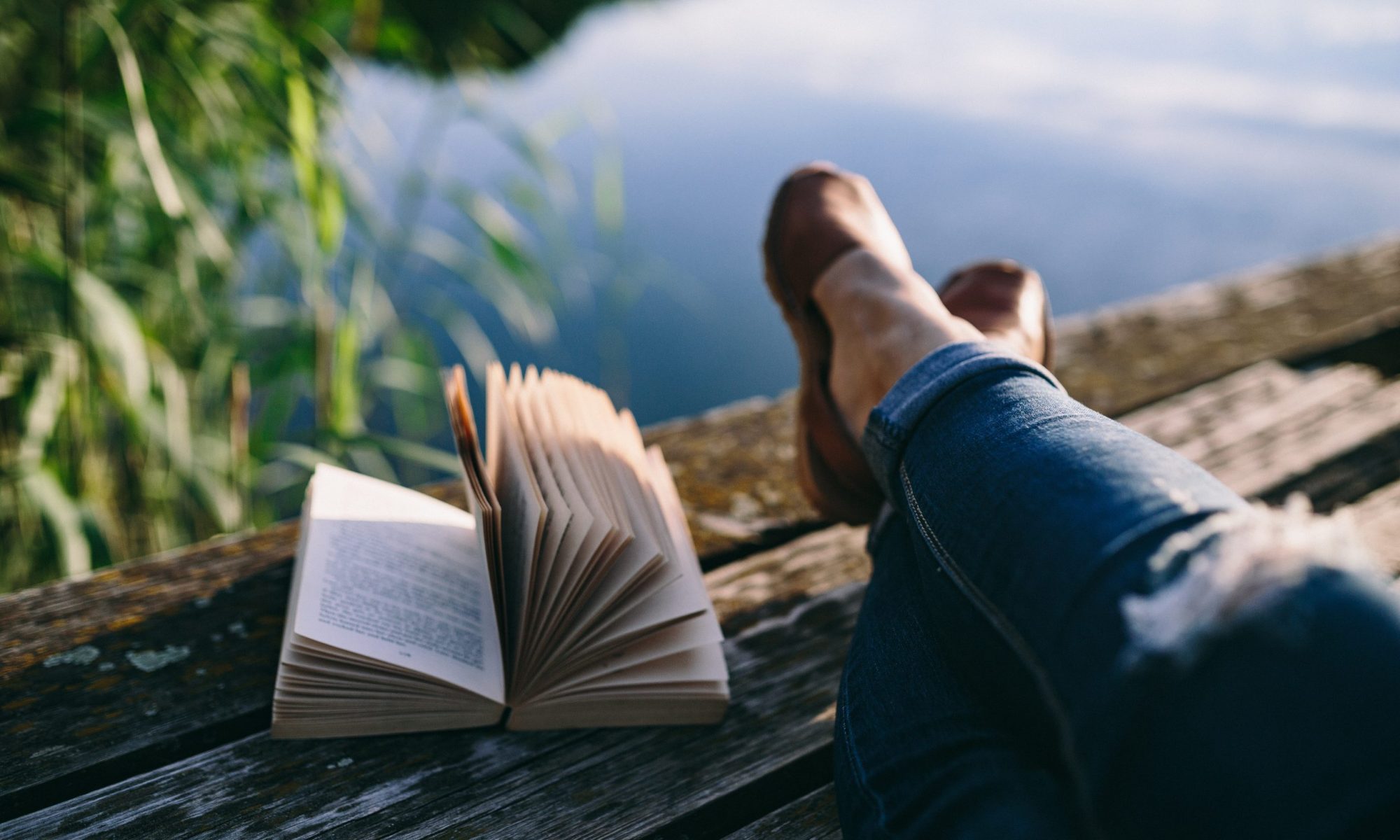

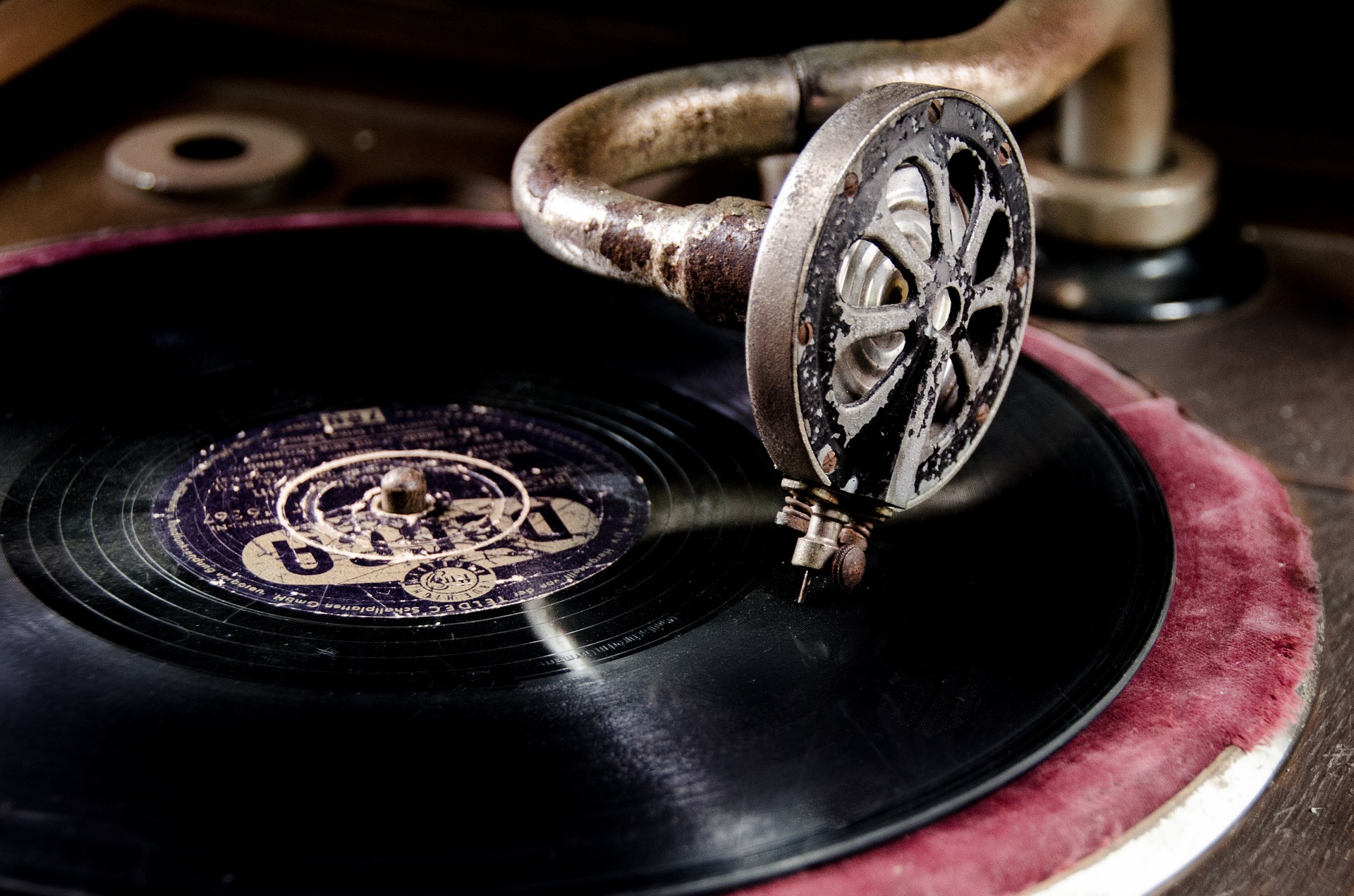

 Bernie Brown lives in Raleigh, NC where she writes, reads, sews, and watches birds. Her stories have appeared in Modern Creative Living, Belle Reve, Still Crazy, the Raleigh News and Observer, and several more. She has been nominated for a Pushcart Prize, is a Writer in Residence at the Weymouth Center, and a member of Women’s Fiction Writers Association. One of her stories will appear in an upcoming anthology of short story contest winners from Grateful Steps Publishing. She is currently trying to find a publisher for her first novel. Get to know her better at bablossom.wixsite.com/bernie-brown-writer.
Bernie Brown lives in Raleigh, NC where she writes, reads, sews, and watches birds. Her stories have appeared in Modern Creative Living, Belle Reve, Still Crazy, the Raleigh News and Observer, and several more. She has been nominated for a Pushcart Prize, is a Writer in Residence at the Weymouth Center, and a member of Women’s Fiction Writers Association. One of her stories will appear in an upcoming anthology of short story contest winners from Grateful Steps Publishing. She is currently trying to find a publisher for her first novel. Get to know her better at bablossom.wixsite.com/bernie-brown-writer.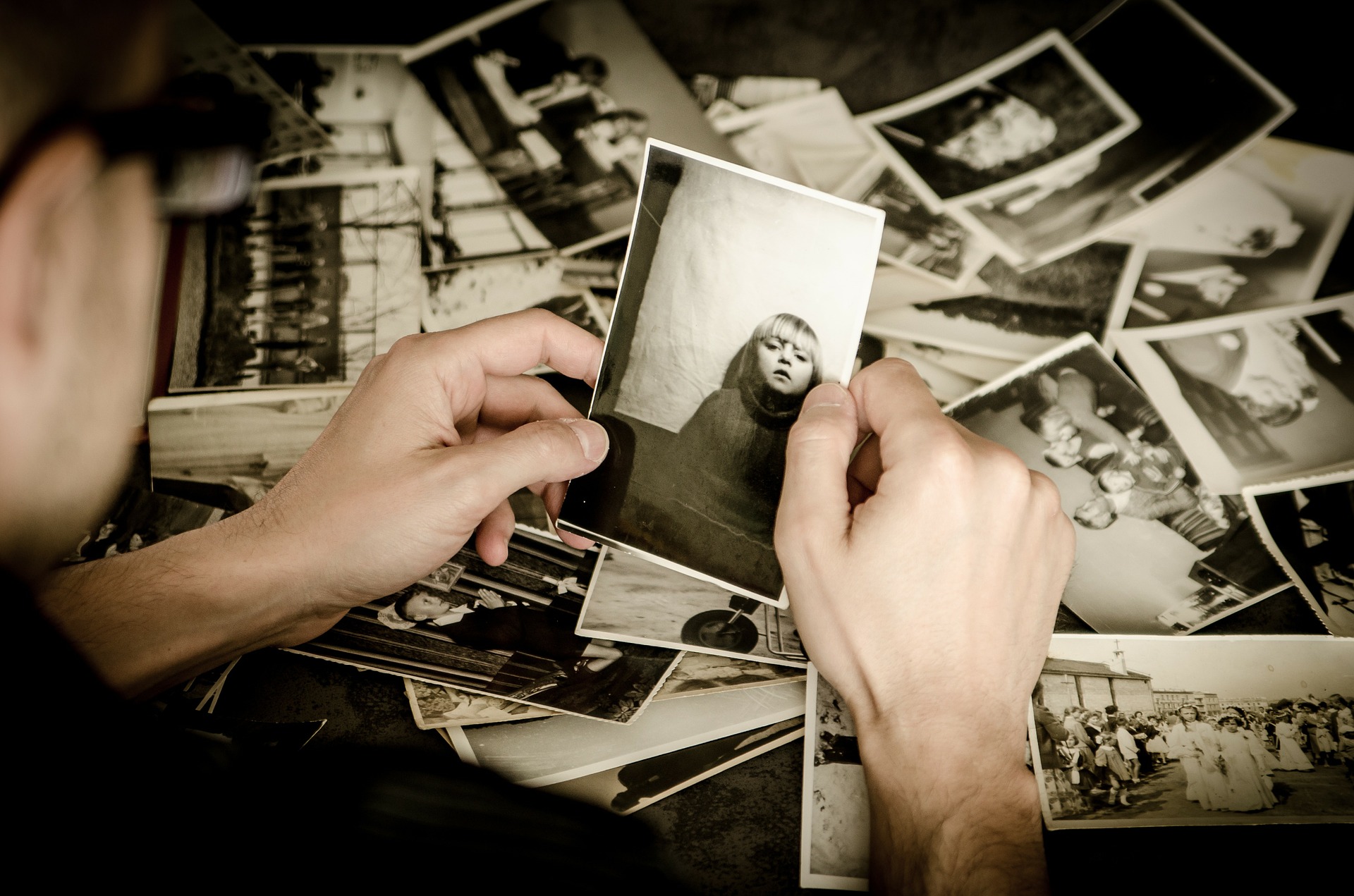

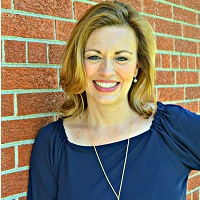 Megan Gunnell i
Megan Gunnell i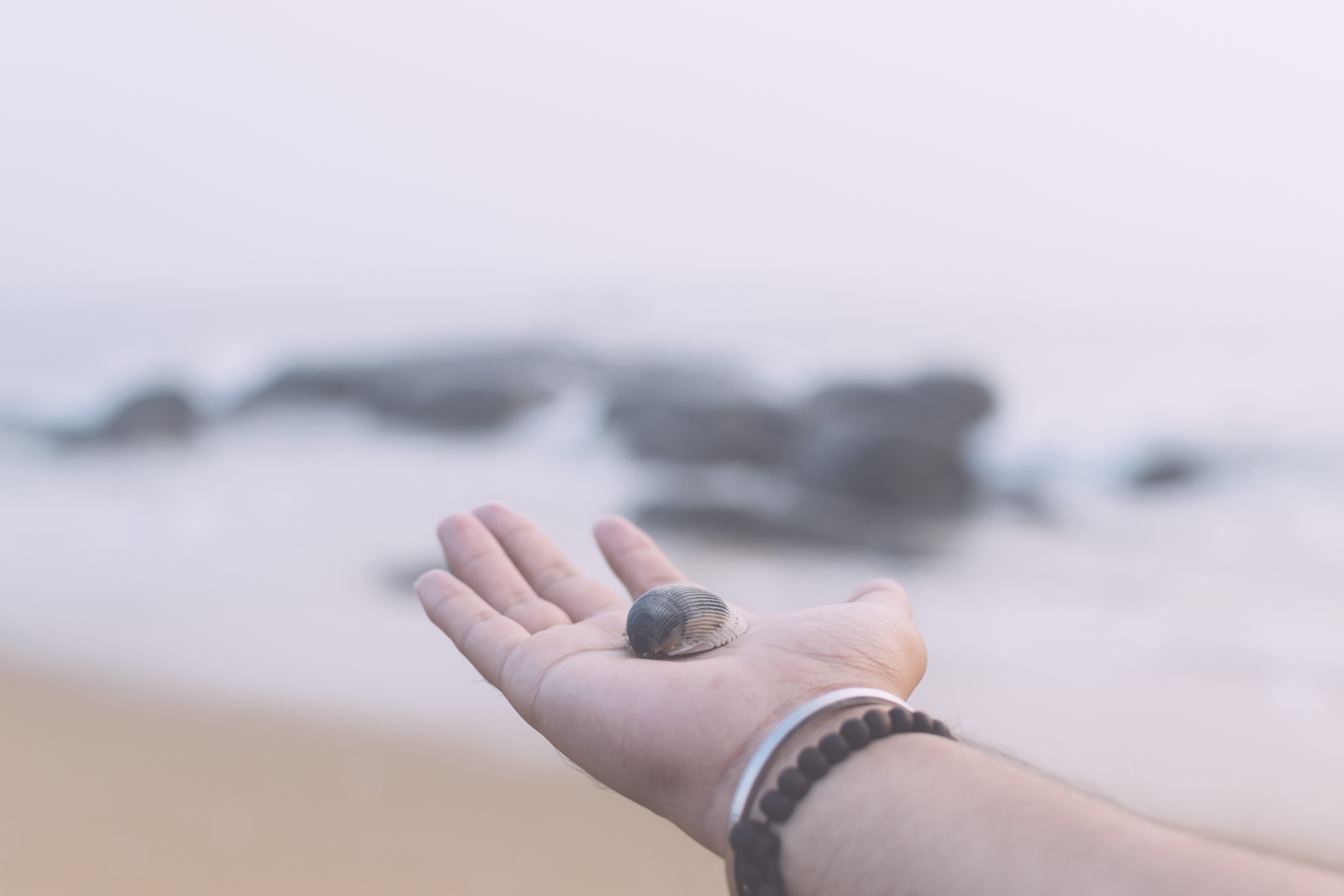
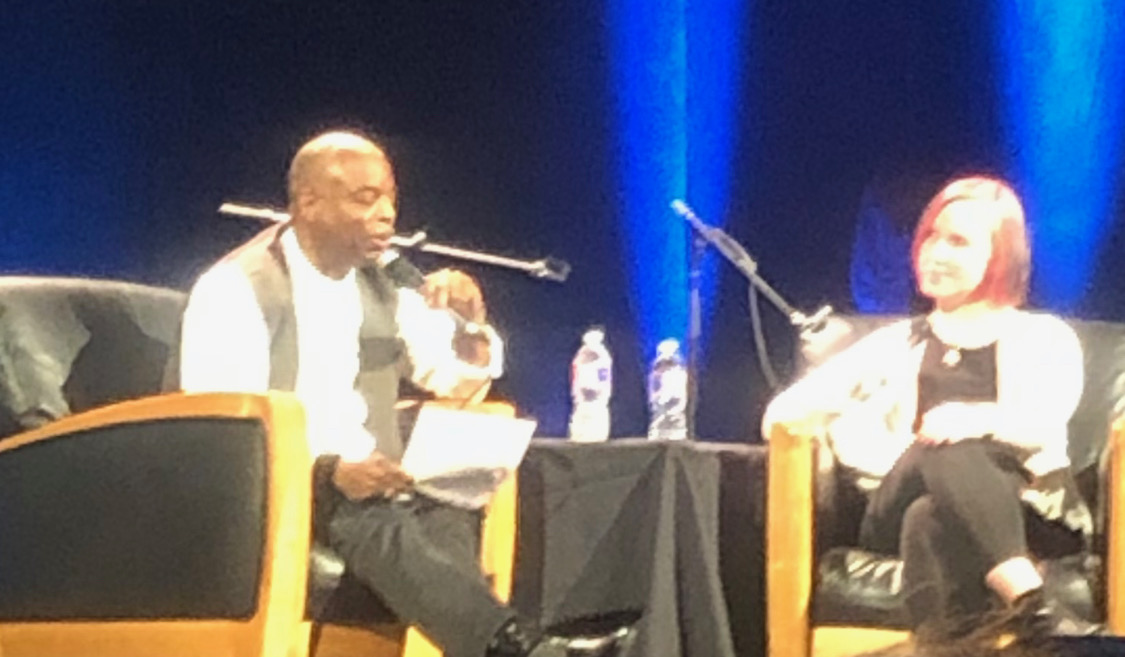



 Christine Mason Miller is an author, artist, and explorer who has been inspiring others to create a meaningful life for more than twenty years. Her latest book, The Meandering River of Unfathomable Joy: Finding God and Gratitude in India, was just released. Learn more at www.christinemasonmiller.com.
Christine Mason Miller is an author, artist, and explorer who has been inspiring others to create a meaningful life for more than twenty years. Her latest book, The Meandering River of Unfathomable Joy: Finding God and Gratitude in India, was just released. Learn more at www.christinemasonmiller.com.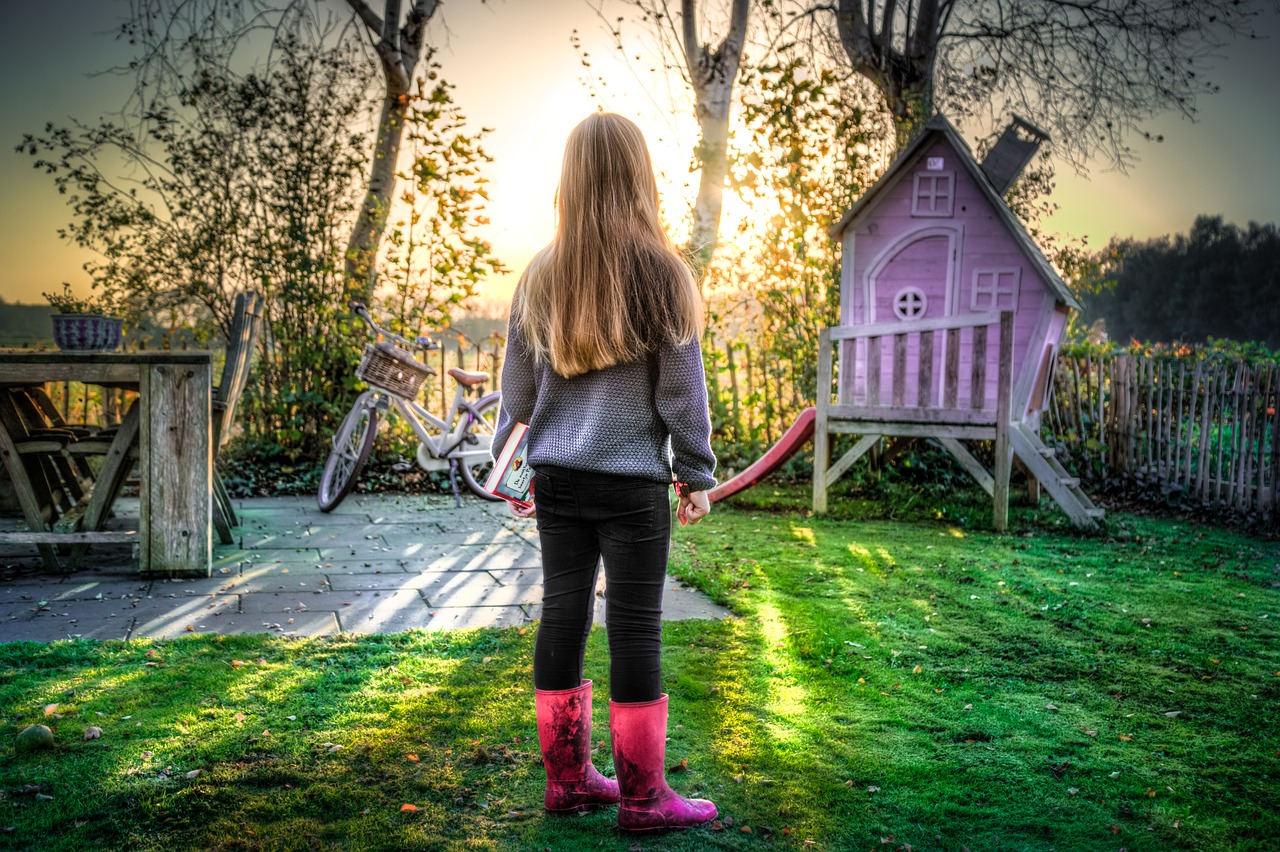
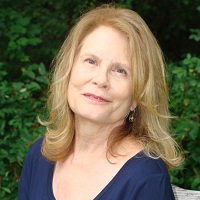 Nancy Richardson’s poems have appeared in journals anthologies. She has written two chapbooks. The first, Unwelcomed Guest (2013) by Main Street Rag Publishing Company and the second, the Fire’s Edge (2017) by Finishing Line Press concerned her formative youth in the rust-belt of Ohio and the dislocation, including the Kent State shootings that affected her young adulthood. In An Everyday Thing, she has included those poems and extended the narrative to memories of persons and events and the make a life.
Nancy Richardson’s poems have appeared in journals anthologies. She has written two chapbooks. The first, Unwelcomed Guest (2013) by Main Street Rag Publishing Company and the second, the Fire’s Edge (2017) by Finishing Line Press concerned her formative youth in the rust-belt of Ohio and the dislocation, including the Kent State shootings that affected her young adulthood. In An Everyday Thing, she has included those poems and extended the narrative to memories of persons and events and the make a life.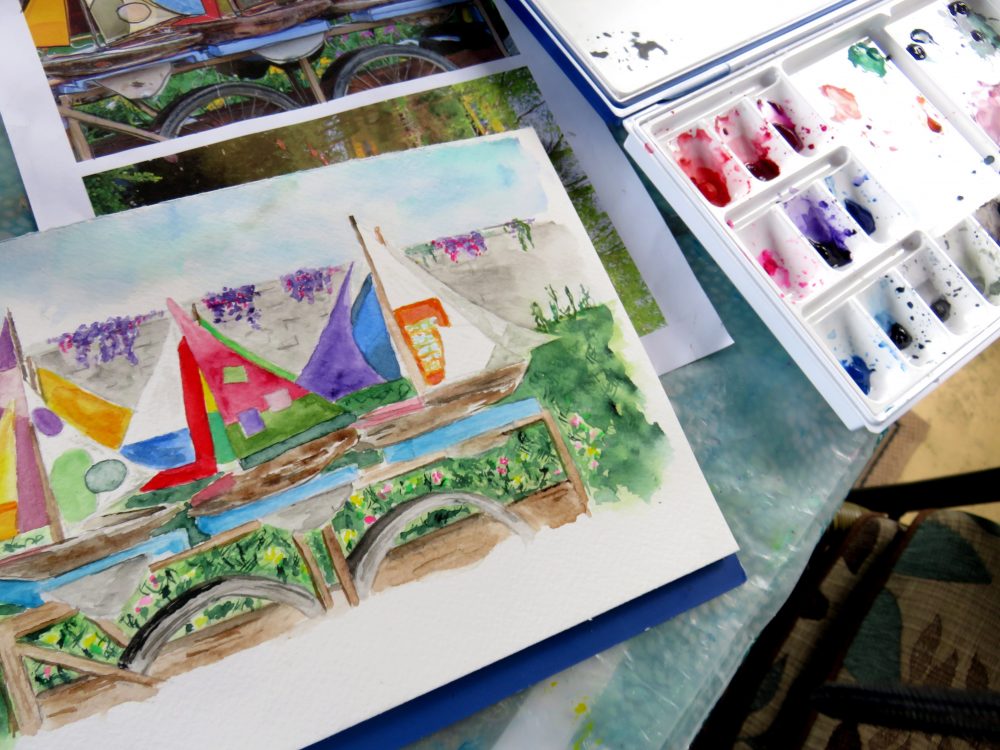
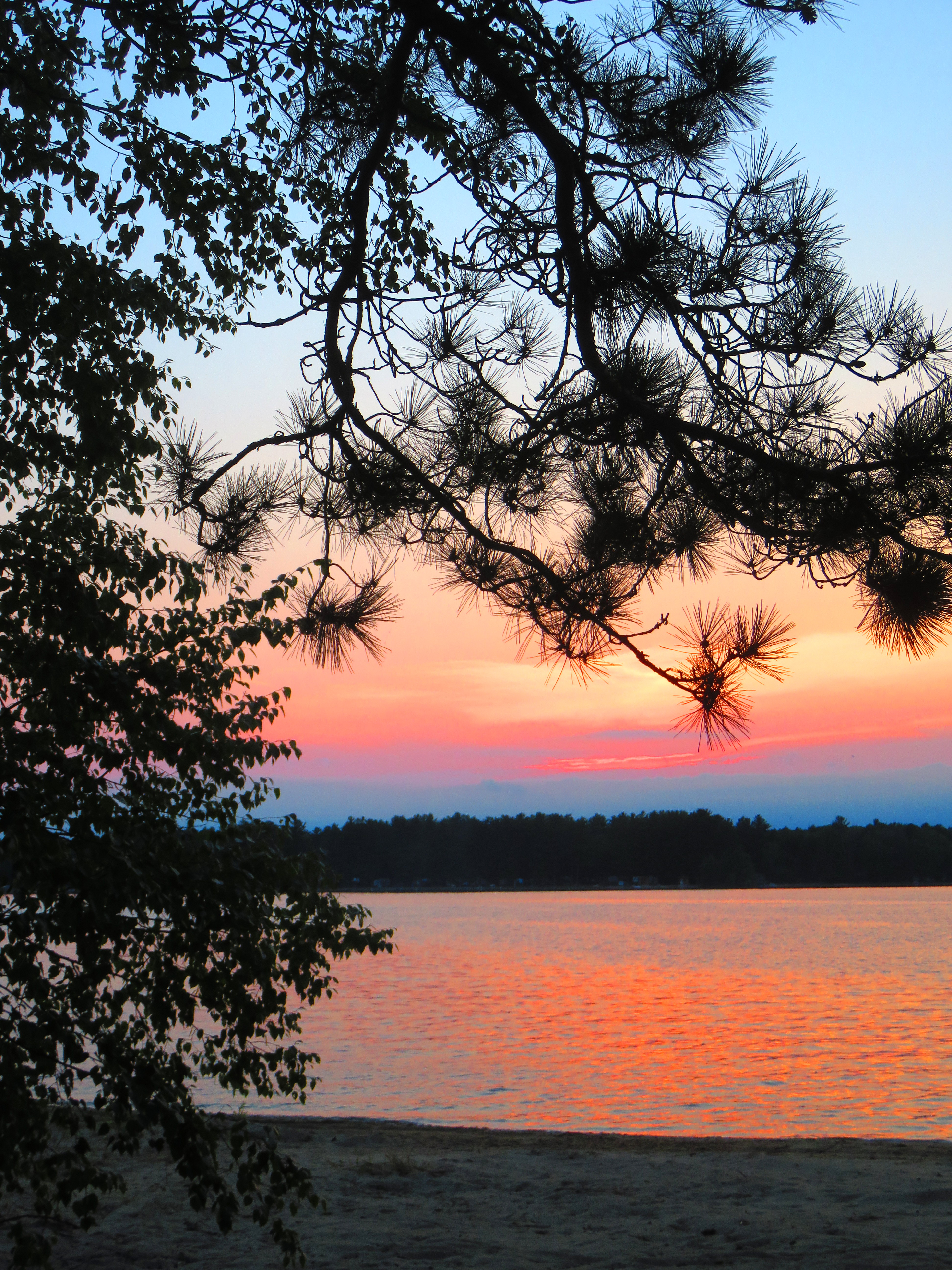 mutual passion for creating. For one, it was paint and linoleum block printing. For the other, it was a combination of mixed media and craft.
mutual passion for creating. For one, it was paint and linoleum block printing. For the other, it was a combination of mixed media and craft. of a Miss Fisher Mystery on Netflix and most of all, time to create.
of a Miss Fisher Mystery on Netflix and most of all, time to create. makes and sells each December.
makes and sells each December.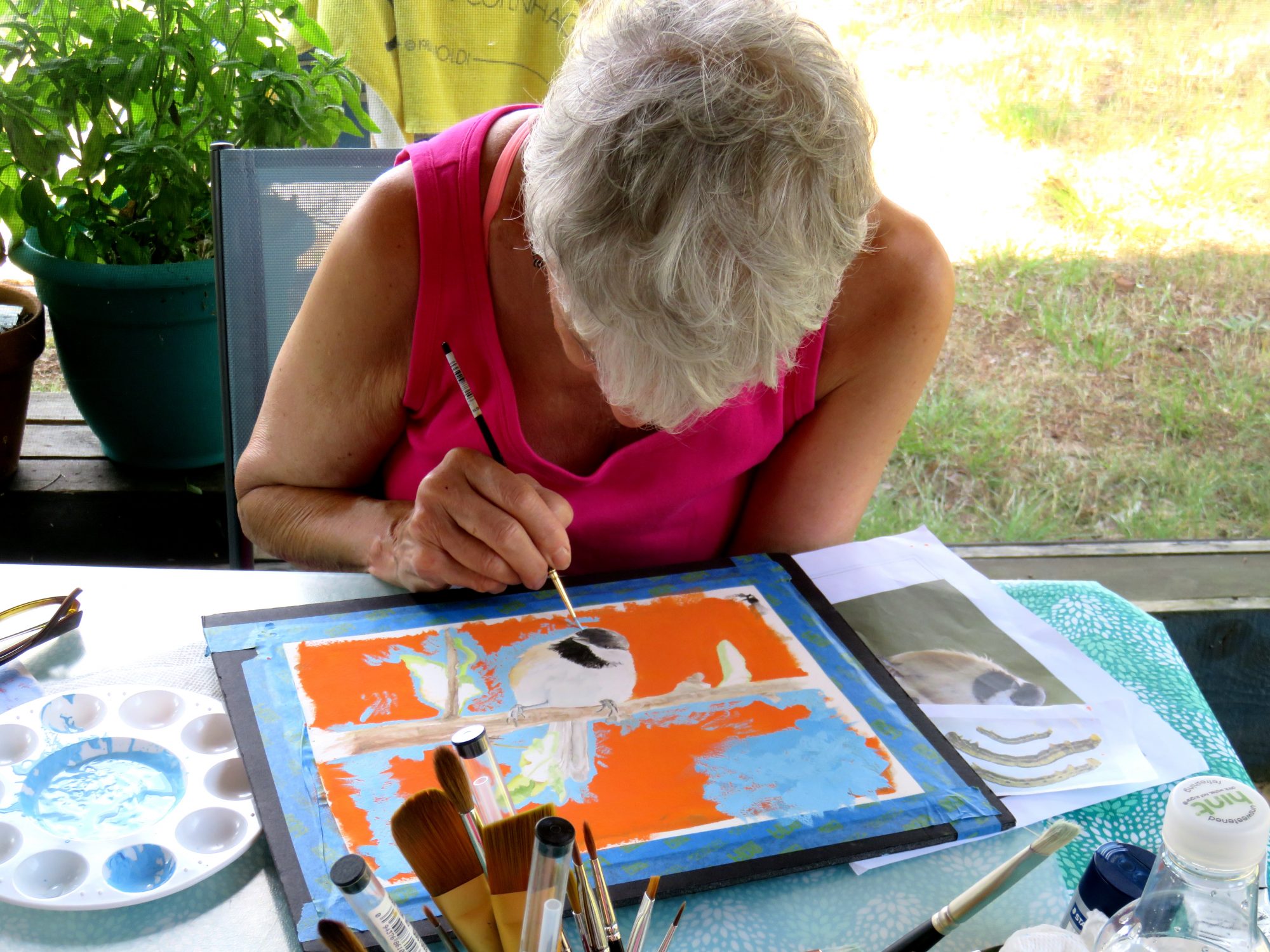
 table in from the porch and set up in the living room, keeping the fireplace glowing and space heaters on high.
table in from the porch and set up in the living room, keeping the fireplace glowing and space heaters on high. hand.
hand. After a long career in public broadcasting, Jeanie Croope is now doing all the things she loves — art, photography, writing, cooking, reading wonderful books and discovering a multitude of new creative passions. You can find her blogging about life and all the things she loves at
After a long career in public broadcasting, Jeanie Croope is now doing all the things she loves — art, photography, writing, cooking, reading wonderful books and discovering a multitude of new creative passions. You can find her blogging about life and all the things she loves at 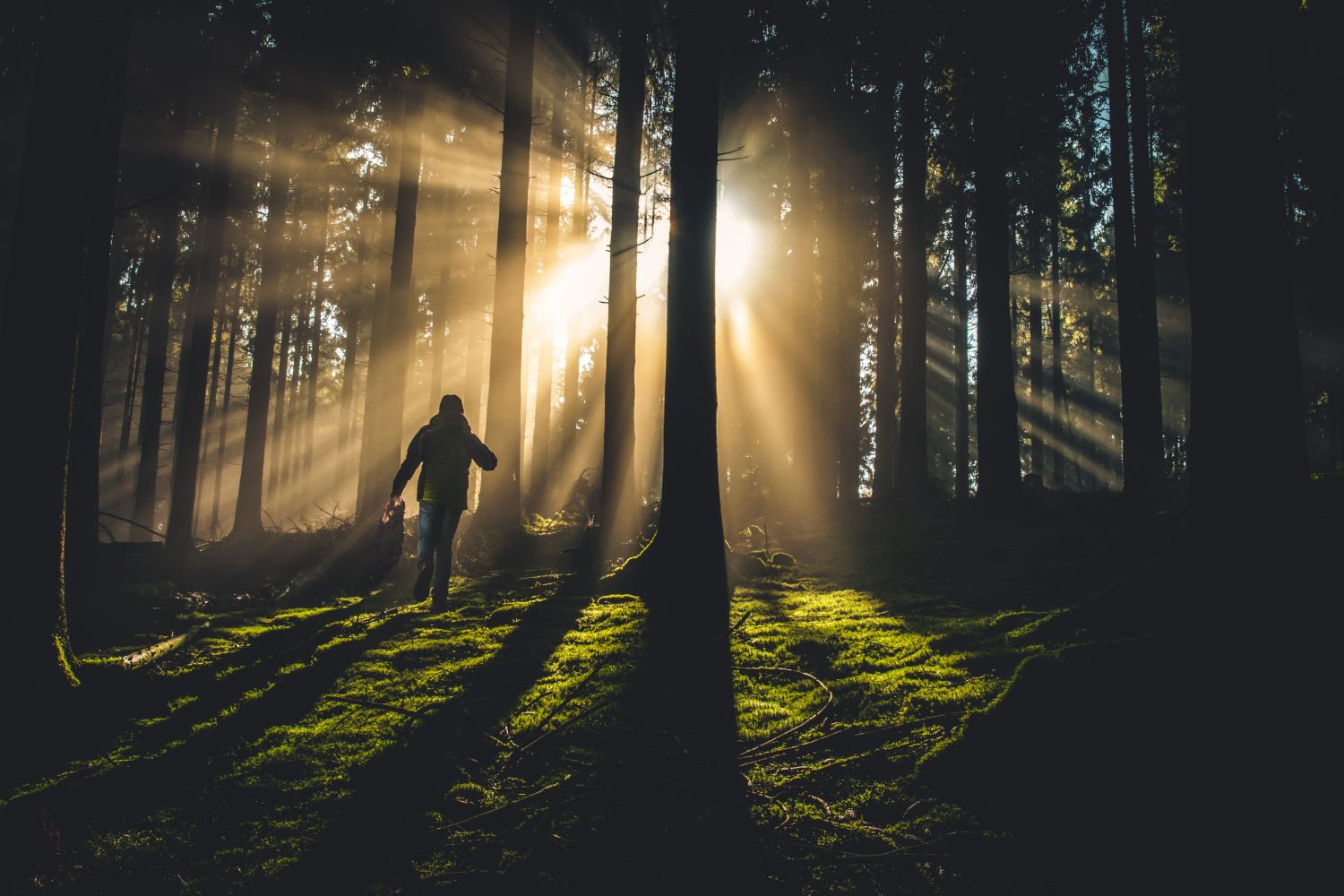
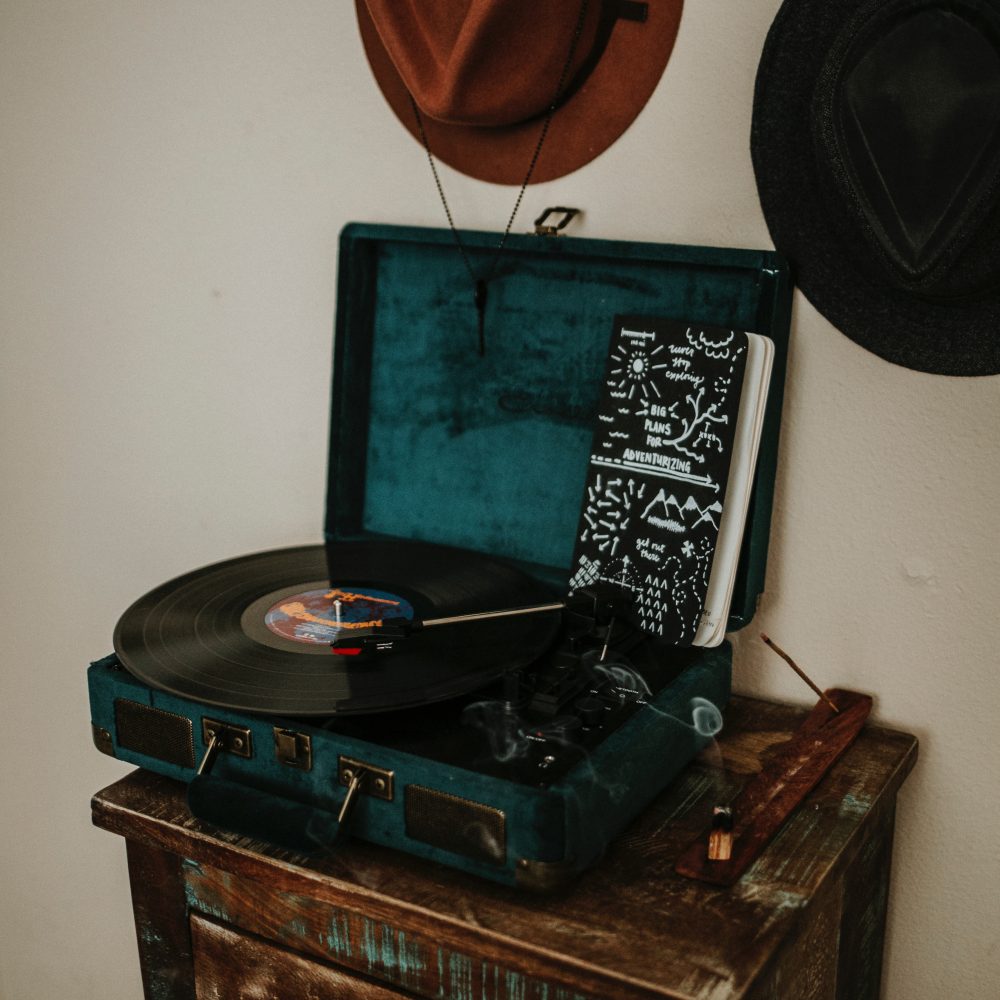
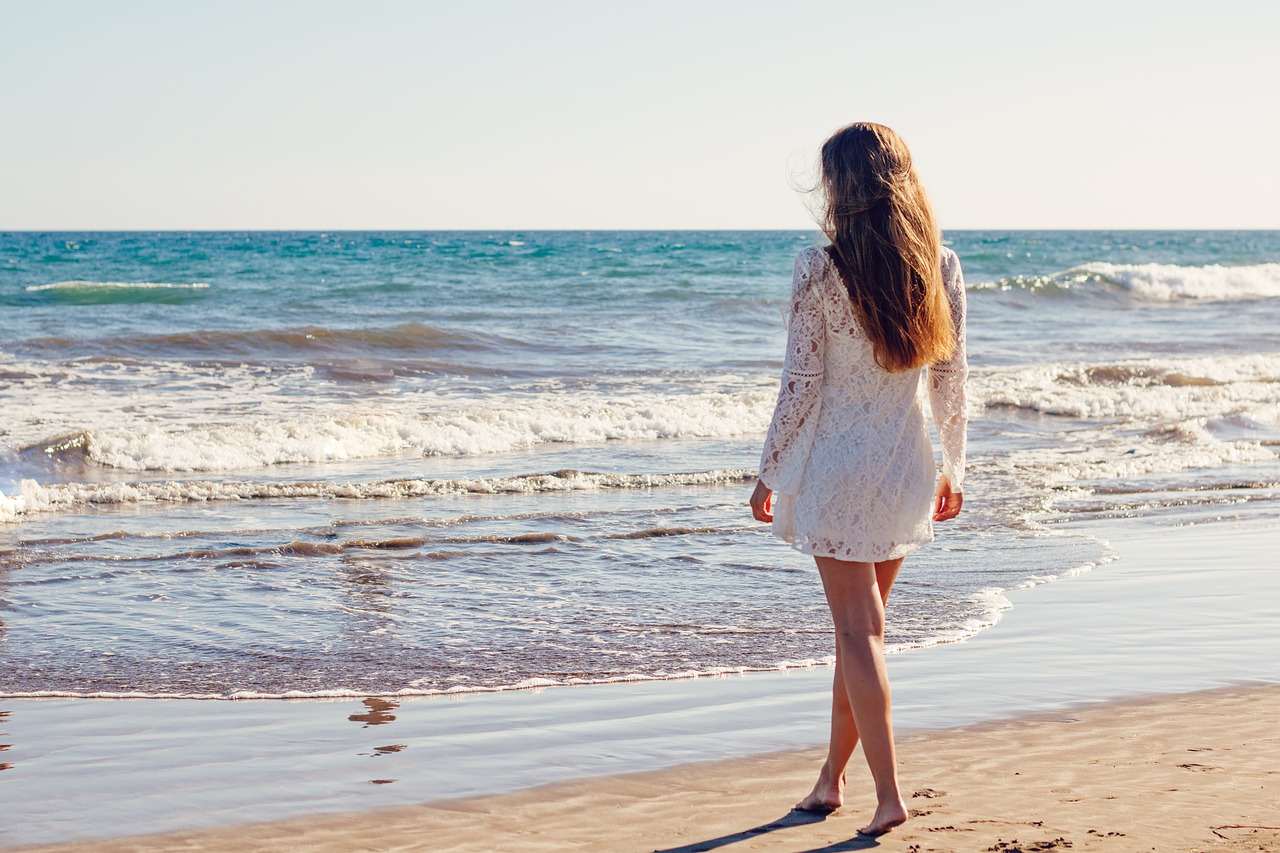
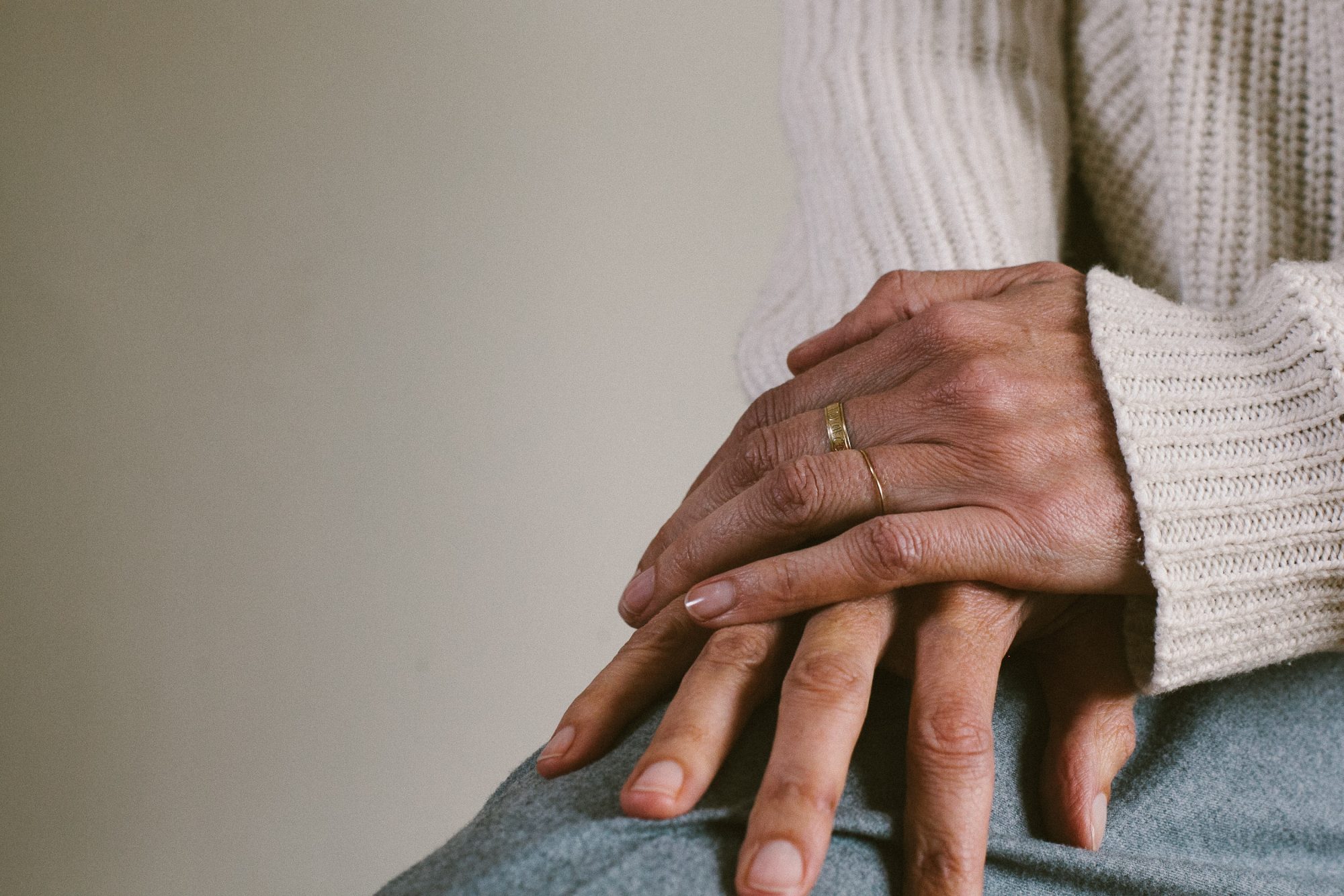
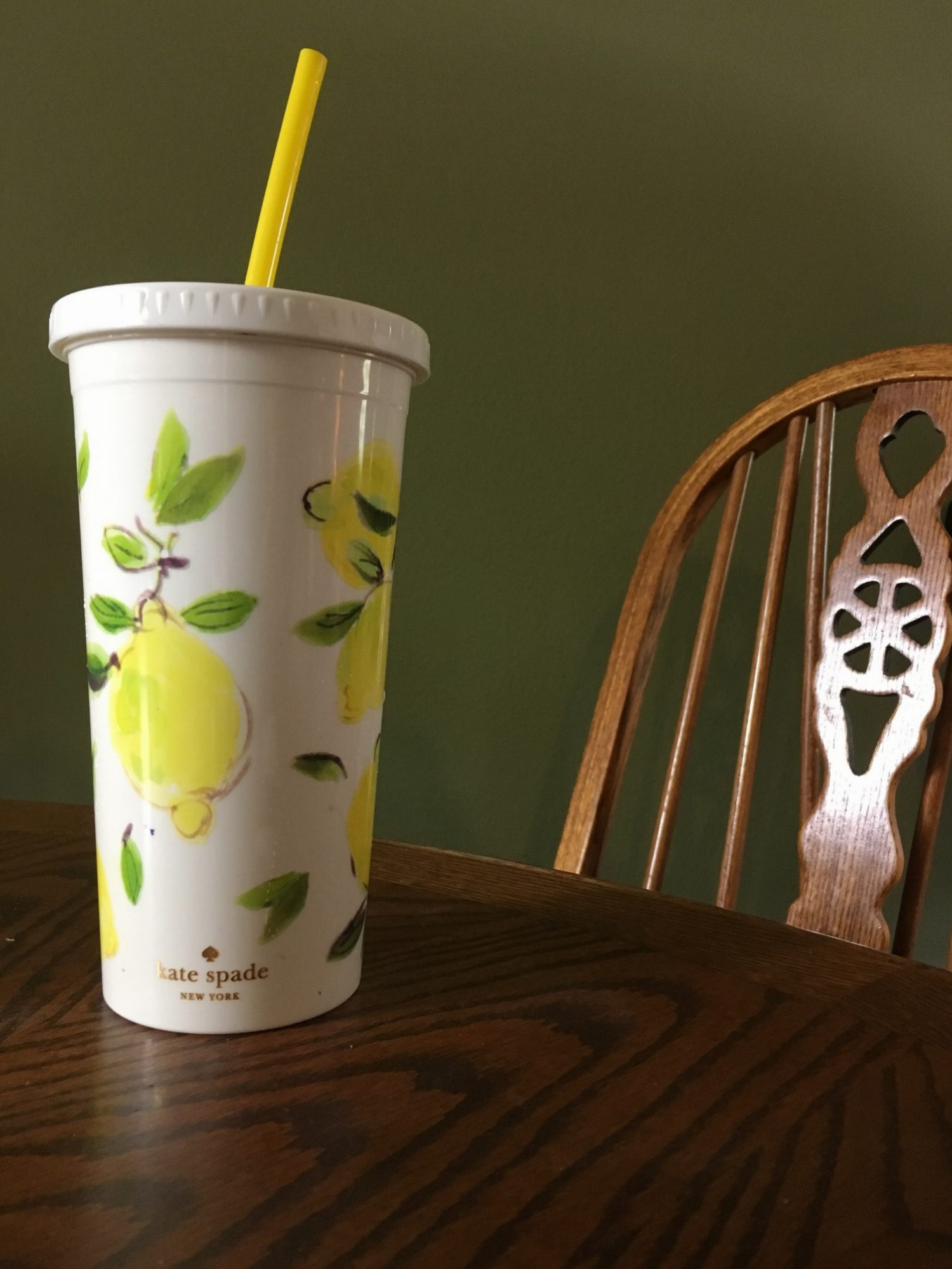
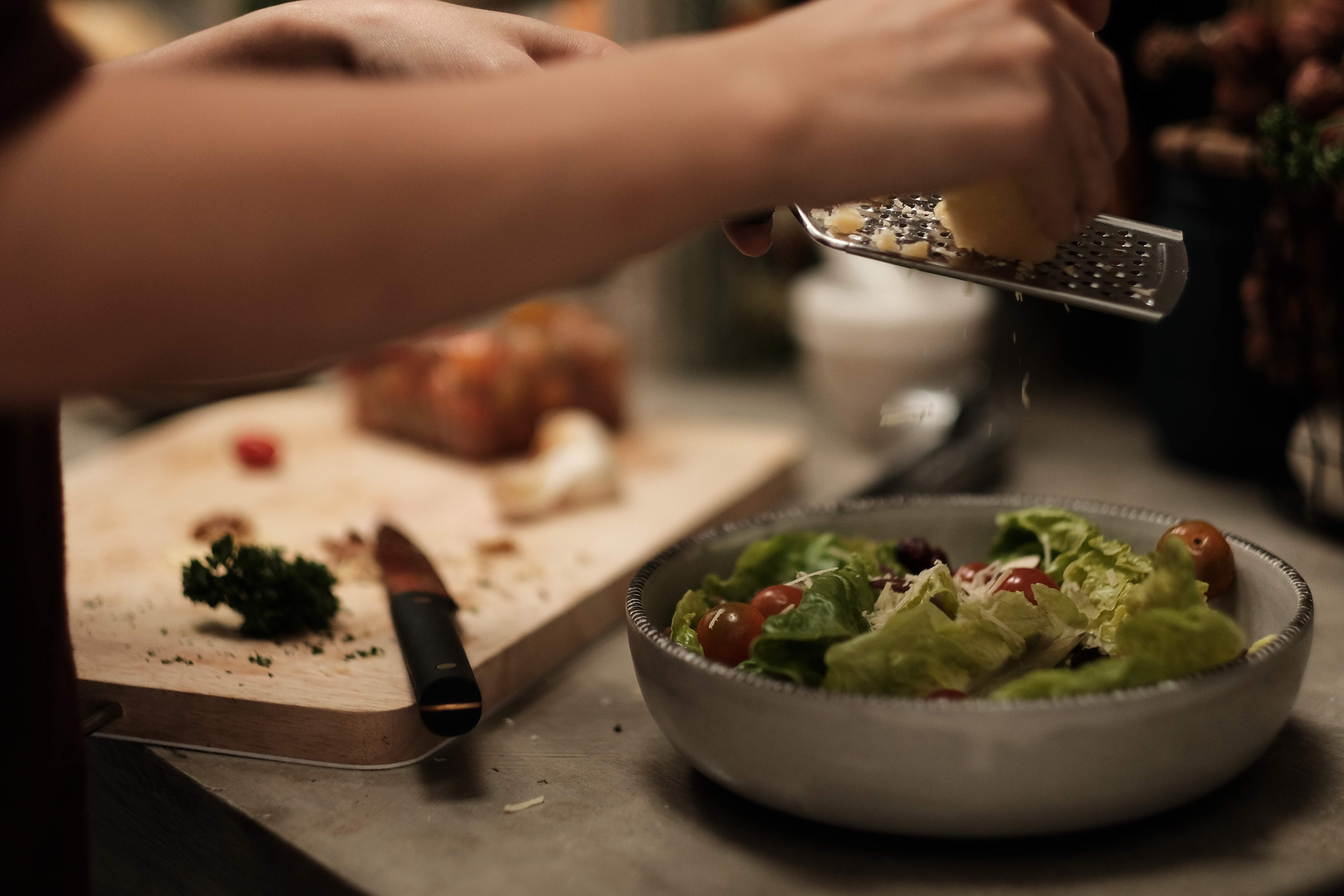
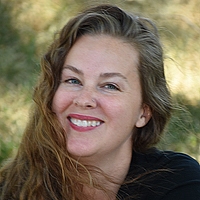 Keva Bartnick is an artist, writer, and lightworker. Happily married mother of three; she’s been inspiring people to be their most courageous selves since 2015.
Keva Bartnick is an artist, writer, and lightworker. Happily married mother of three; she’s been inspiring people to be their most courageous selves since 2015.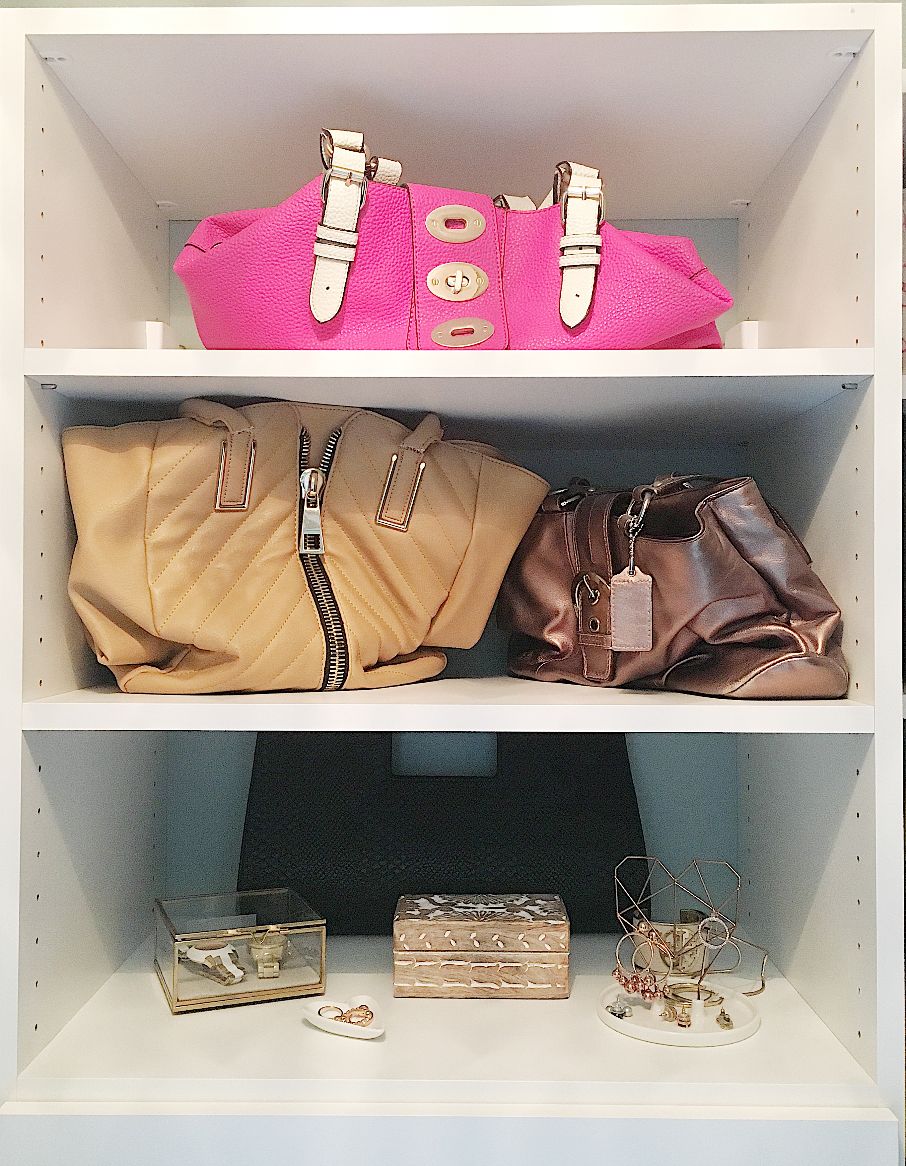
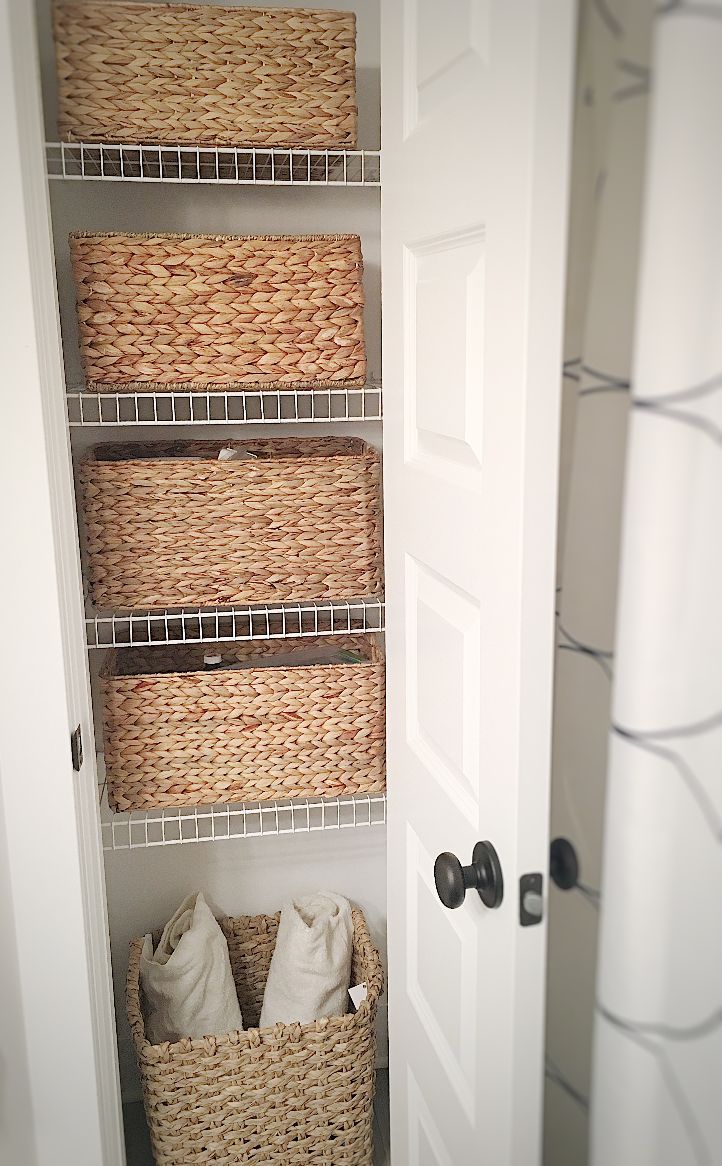
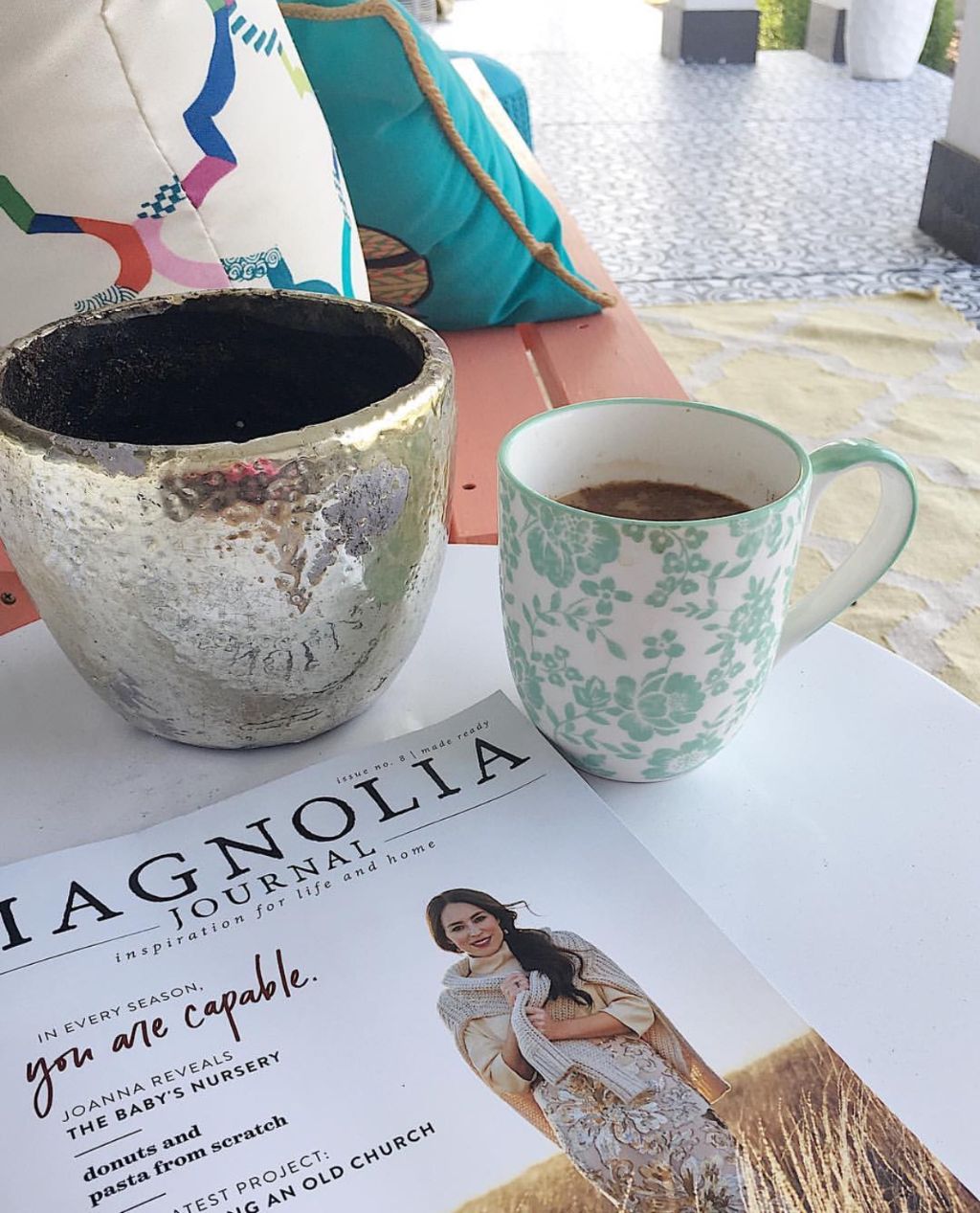
 Laura is a home decor blogger, marketing professional, mother of 2, living in Michigan. Laura has a passion for design that she uses to transform her home into a comfortable, livable, beautiful space for her family. Her design motto is that you don’t have to be a designer to have good design in your home. She believes that everyone deserves to be in a space that they love, whatever that means to you.
Laura is a home decor blogger, marketing professional, mother of 2, living in Michigan. Laura has a passion for design that she uses to transform her home into a comfortable, livable, beautiful space for her family. Her design motto is that you don’t have to be a designer to have good design in your home. She believes that everyone deserves to be in a space that they love, whatever that means to you.